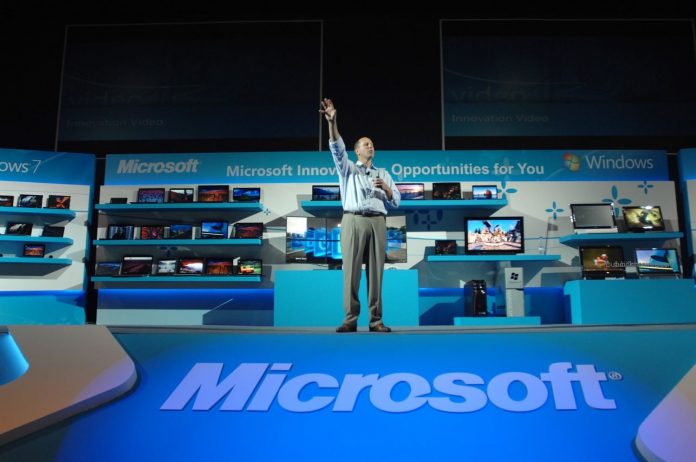
Microsoft Corp. has launched a new fund to cultivate companies with solutions that bring affordable Internet access to underserved markets. The fund is part of Microsoft’s Affordable Access Initiative, which invests in new last-mile access technologies, cloud-based services and applications, and business models that can reduce the cost of Internet access and help more people affordably get online. Starting today, eligible companies can submit their application online at http://www.microsoft.com/en-us/affordable-access-initiative/home.
“Today there are approximately 4 billion people globally without Internet access,” said Peggy Johnson, executive vice president of business development at Microsoft. “The ability to close that gap is more achievable than ever with technology that is readily available and affordable in many parts of the world. Through this fund, we hope to kick-start the entrepreneurial process by identifying promising ideas that we can help nurture, grow and scale.”
Under its Affordable Access Initiative, Microsoft partners with Internet access providers and other public and private sector entities on innovative and practical connectivity and services solutions designed to deliver the greatest socio-economic impact to the greatest number of people. Examples of other efforts underway include these:
Microsoft’s deployment of TV white spaces technology, which repurposes TV frequencies not being used locally to provide affordable, robust Internet access to entire communities. With its partners, Microsoft is currently deploying the technology in 17 countries and five continents.
Microsoft 4Afrika Initiative, a multiyear initiative through which Microsoft is actively engaging in Africa’s economic development to improve its global competitiveness through locally relevant innovation, affordable access and skills development. Applicants must be commercial organizations with two or more full-time employees and have a prototype of a working solution and preferably paying customers. Such products and business models might combine new cloud services and applications, low-cost forms of Internet connectivity, and new payment mechanisms designed for consumers and smaller businesses in underserved markets.



































